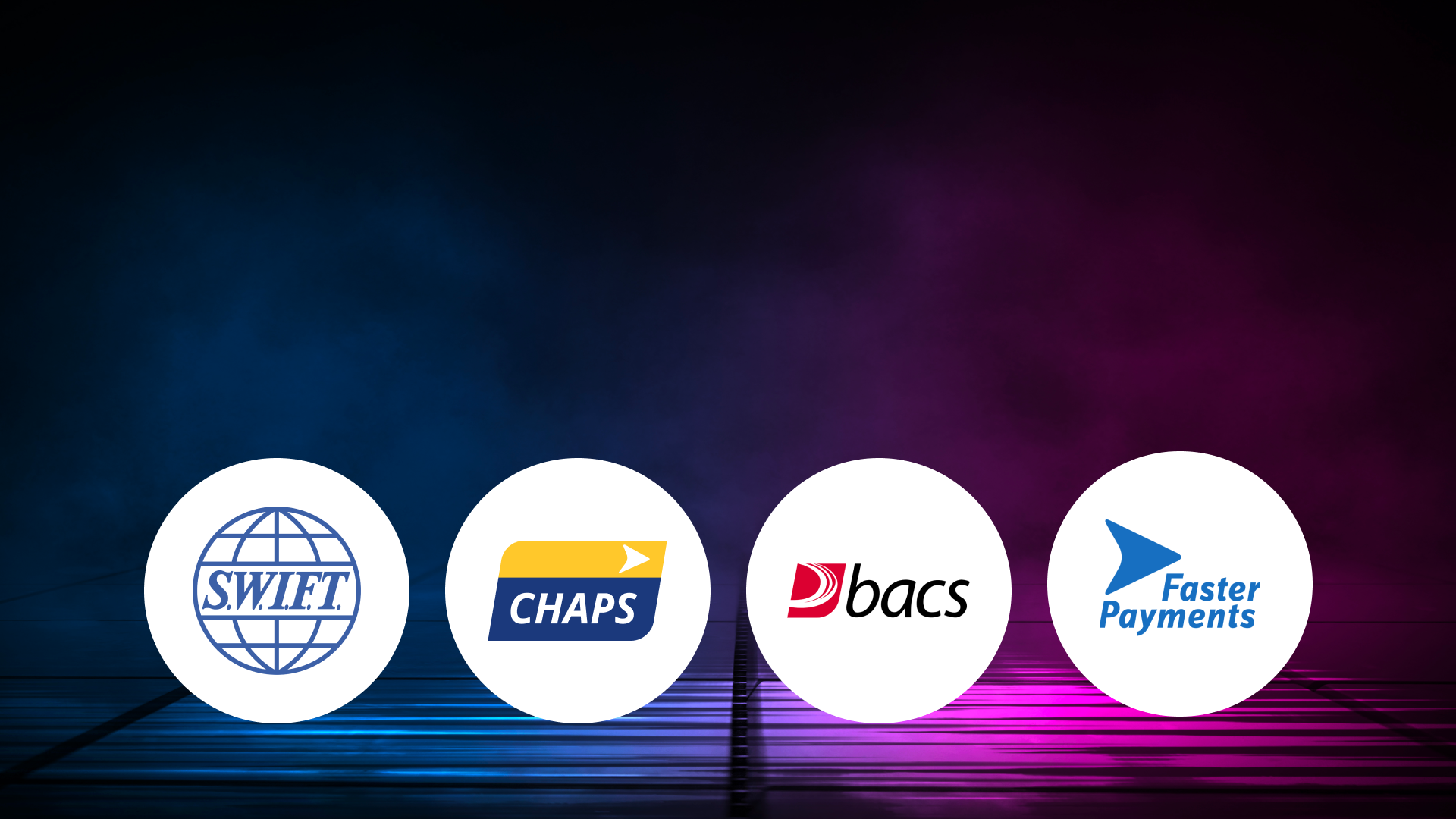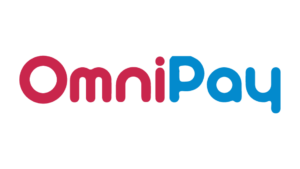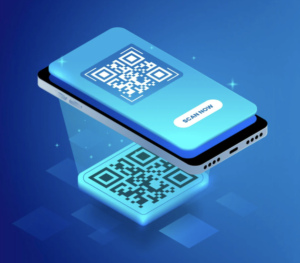Different types of payment schemes in the UK — CHAPS, BACS, Faster, and SWIFT payments

A business person or not, payments are a part of your everyday life. You buy things; you pay for them; it is that simple.
Everyone pays in their own way; some pay with cash, while others pay online. Being said, did you know? Banks in the United Kingdom offer a variety of payment options that benefit you or your business in remarkable ways.
This article discusses the different types of payment schemes, their pros, and cons to help you decide which one suits your needs.
Table of Contents
Four Types of Payment Schemes
There are different payment schemes available in the UK based on the type of transaction you want to make, that is, local or international bank transfers. Most commonly used among them are CHAPS, BACS, FP, and SWIFT.
What is CHAPS?
The Cleaning House Automated Payment System (CHAPS) came into existence in the UK in 1984. Typically, it is for making high-value payments that are time-sensitive.
CHAPS is most applicable for retail & wholesale payments and to settle the financial market within the UK. It provides efficient and risk-free payments.
It is the best option for making critical transfers as in most cases, CHAPS payments are made instantly and on the same working day. According to the banking transfers, the transfer limit for CHAPS payment is over £10,000, proving it to be perfect for large sum transfers.
For example: If you have to pay a large sum for a house deposit or buy a car, you can transfer it in one go using CHAPS payment, and the payee instantly receives the payment.
How does CHAPS payment work?
You can make a CHAPS payment online, over the phone, or in a bank branch. Irrespective of the access mode, the process is easy.
Online CHAPS payment
Log in to your online banking, choose to initiate a bank transfer, select the CHAPS option for the same-day payment, and make sure the amount is under the limit set by your bank.
Be sure you have all the details of the payee mentioned below:
- Sort Code
- Name of the Person
- Amount to be sent
- Account Name
- Account Number
- Reference
Bank Branch CHAPS payment
All you need to do is get to your bank with the required details of you and your payee. Once you provide them with the information they need, your bank should be able to set up the entire transfer.
Carry your debit card and some ID such as a driving license or passport to verify your identity and help reduce scams.
Remember that different banks have different cut-off times. So if you’re planning to make an instant payment, you will need to keep these strict cut-off times in the loop as well.
Phone CHAPS payment
If you are a premier banking customer, you may also make a CHAPS payment by phone if you have opted for Telephone or Online Banking.
Pros and Cons of CHAPS
Pros:
- There is no minimum or maximum payment limit
- All the payment processes in real-time
- Best fit for time-sensitive payments
Cons:
- Banks have a strict cut off time for CHAPS payments which adds complexity to the transfer process. CHAPS opens daily at 6 am and Bank-to-bank payments close at 6 pm for CHAPS.
- These payments are irrevocable, and it is difficult to cancel the payment once through.
- CHAPS payments are costly. Banks can charge you up to £25.30
What is BACS?
Banker’s Automated Clearing Services (BACS) was introduced in the 1960s by UK’s banking Industry. It is the best fit for bank transfers and direct debits within the UK.
It is an electronic bank-to-bank transfer of funds categorised into two types, Direct Debit, and Direct credit.
- Direct Debit is a transaction where Party A equips permission to pull money from the bank account of Party B. Here the payee has complete control of the payment. The customer allows this authorisation by completing a Direct Debit Mandate form, either a paper form or a web page that they complete online. Once the authorisation is complete, your business will be able to collect payments automatically from the customers.
- Direct Credit is a transaction where Party A deposits money in Party B’s account. Here the payer has complete control over the payment. The payer directly credits the amount to the payee’s bank. Businesses usually use direct credit to payout.
By banking standards, the transfer limit for BACS can amount to over £250,000 per transfer.
How to make a BACS payment?
To make a payment with the Bacs Direct Debit scheme, you must know the payee’s PSP(policy salary package) account number and sort code. Ensure the account number and sort code provided to you are correct because payments are processed using these details.
Additionally, your payment data must be submitted, including the amount, the PSP account number, the sort code, and the dates.
You can make Bacs Direct Credit payments via a bureau or direct access depending on the method you select – including the amount of each payment, PSP account numbers and sort codes.
Payments are sorted into the PSPs and then sent to each institution. These institutions download the data into their system, apply it to relevant customers’ accounts, and debit the amount from yours.
Pros and Cons of BACS payment
Pros:
- BACS uses Bacstel-IP, a system with SSL encryption. It equips your business with a safe and secure way to pay employees and suppliers and settle the bills.
- BACS is great for recurring payments. Sit back and let the Direct Debit do its magic.
- BACS is inexpensive, which is good to settle the regular payments.
- BACS bill automation reduces the time needed to sort the expenses so you can focus more on other important business-related tasks. All files get backed up by payroll and accounting software.
- It is a paperless payment, which contributes to minimising the environmental impact.
Cons:
- The payment process takes three days to complete due to the preventive measures against fraud.
- The BACS payments get cleared only on business working days. Always double-check in case of time-sensitive payments.
- BACS payment also has a strict cut-off time, that is, a Bacs payment typically arrives in your bank account before 7 am. The payments made after the cut-off time may not get cleared in the expected time. You would need to wait until the next working day to receive the payment.
What is the difference between Bacs and CHAPS payments?
| BACS | CHAPS |
|---|---|
| Bankers Automated Clearing Services | Clearing House Automated Payment System |
| Bank-to-Bank money transfer system runs through the SWIFT network | BACS handles Credit and debit card transactions |
| Not a time-sensitive transfer | High-value, time-sensitive payments |
| Same-day payment clearance as transfer day | Two to three days to clear |
| 5-50p (plus any additional fees charged by the banks) per transaction | £25-£35 per transfer |
What are Faster Payments (FP)?
Faster Payments are electronic payments made online, over the phone, in a bank branch, or by self-service machines. It was introduced in 2008 by APACS and then got transferred to CHAPS Clearing Company after its execution.
Faster Payments got introduced to speed up the money transferring process within the UK. This scheme reduces payment time for the bank to bank payments.
In general, the faster payments transfer limit is up to £250,000, but each financial institution may have its own limit set.
The cut-off time for faster payments varies with the type of mode of transfer chosen.
| Mode of transfer | Cut-off time |
| Online | 23:55 |
| CSC – over the phone | 17:00 |
| CSC – by email | 13:00 |
What type of Payments can be made through Faster Payments?
Single Immediate payments
These are one-time payments initiated online, over the phone, on a mobile device, or in a branch. You can send this type of payment out 24/7.
Payee receives the amount immediately, sometimes with a delay of 2 hours.
Standing orders
It allows you to schedule recurring payments that pay the same amount to the recipient regularly.
Payments can be made Monday through Friday, excluding bank holidays.
Forward dated payments
A forward-dated payment is sent and received at a predetermined date, set out in advance by the client.
Direct Corporate access payments
Businesses can use this service to send bulk files of payment messages directly to the Faster Payments Service, which is available 24 hours a day.
How do Faster Payments Work?
- The modes of payment used are: online, in a bank branch, and over the phone.
- Once the mode of payment is selected, you’ll be asked for your password so that the bank can verify your identity.
- Next, as the identifying address for Faster Payment, you must provide your supplier’s sort code and account number.
- Before making the payment, your bank will verify that you have enough funds.
- The bank may hold your payment if they are unsure about your identity and do additional verification.
- After that, it sends the funds to your supplier through Faster Payments.
- As soon as the Faster Payments Service receives the payment instruction, it forwards it to your supplier’s bank, called the receiving bank.
- Once the account number is validated, the receiving bank informs the Faster Payments Service that it has accepted the payment (or rejected it).
- Faster Payments Service credits the funds in the receiving bank and notifies your bank about completing the transaction.
- Your bank then informs you of the payment status, and then your supplier bank will receive funds.
Pros and Cons of Faster Payments
Pros:
- One-off payments get completed within seconds
- You can send out payments 24/7
- It is accessible online, via telephone, and in a bank branch
- Payments can also be processed using mobile numbers, eliminating the sort codes and account details.
Cons:
- Extra attention is required while transferring the money to avoid tedious and time-consuming mistakes
- Adopting Faster Payments for seamless transactions and real-time payments may require a huge investment
What are SWIFT payments?
CEO Carl Reuterskiöld introduced The Society for Worldwide Interbank Financial Telecommunication (SWIFT) in 1973.
This network allows banks to communicate financial information securely. Businesses commonly use it for international money transfers.
In SWIFT payments, a series of banks work together to ensure that money ends up in the right place.
Information required for a SWIFT transfer:
- Recipient’s name
- Recipient’s address
- Name and address of the recipient’s bank
- SWIFT Code/ BIC of the bank
- Recipient’s account number
SWIFT transactions don’t have a transfer limit, as long as the funds are sufficient to cover the transaction and fees.
How do SWIFT payments work?
Identity verification
According to global anti-money laundering rules and regulations, a person who makes an international payment needs verification.
Agree on an exchange rate
You need to decide on an exchange rate before sending money from one currency to other. Then, If you want to send the money, a bank/money transfer service will let you know their current exchange rate.
If satisfied with the offer, the exchange rate quoted will get selected.
Transfer Money
Before the money conversion, your bank/money transfer service will receive your funds. Converting money through the bank requires your funds before agreeing on the exchange rate.
Money converted and transferred
Once funds are received, they get converted into currency at the agreed-upon exchange rate. After, the funds get dispatched using the SWIFT network to the destination bank account.
Pros and Cons of SWIFT payments
Pros:
- SWIFT is a transparent payment method, and it mentions all the details — transaction amount, bank process, additional charges, and the nature of the payment.
- It is easier to track the transaction and the period involved.
- Messages get structured in a way that makes Payment information easier to decipher
Cons:
- Money transfer takes up to 4 days
- They have a paid option to accelerate money which adds more to the expense.
- Standard (D+2): The money transfer is completed two days from the sending date.
- Urgent(D+1): The money transfer gets completed after one day from the sending date.
- Express(D+0): The money transfer gets completed on the same day.
Reminder*
SWIFT does not handle the money, and it is just a means of communication that moves money from one account to another.
| CATEGORY | CHAPS | BACS | FP | SWIFT |
| Processing time | Instant or one working day | Three working days | Usually within seconds or 2 hours | Average: 3-5 days |
| Implementation cost | Around £25 | Free or low cost | Expensive | Varies with the bank |
| Used for | High-value payments, retail, and wholesale | Used for recurring payments, salaries, etc. | Electronic payments with the internet, phone, or banking | International money transfer |
Payment methods are constantly evolving due to digital technology and open banking. As a result of a new development known as the New Payments Architecture (NPA), the future of payments in the UK will dramatically change.
This re-engineered payment system will eventually replace BACS, CHAPS, Faster Payments, SWIFT, and credit cards.
Payment methods are evolving, and so should the way your customers pay you.


[…] Automated Clearing House (ACH) is the American counterpart to the UK’s BACS. The ACH network only operates within the US, so you cannot send payments to UK clients through […]